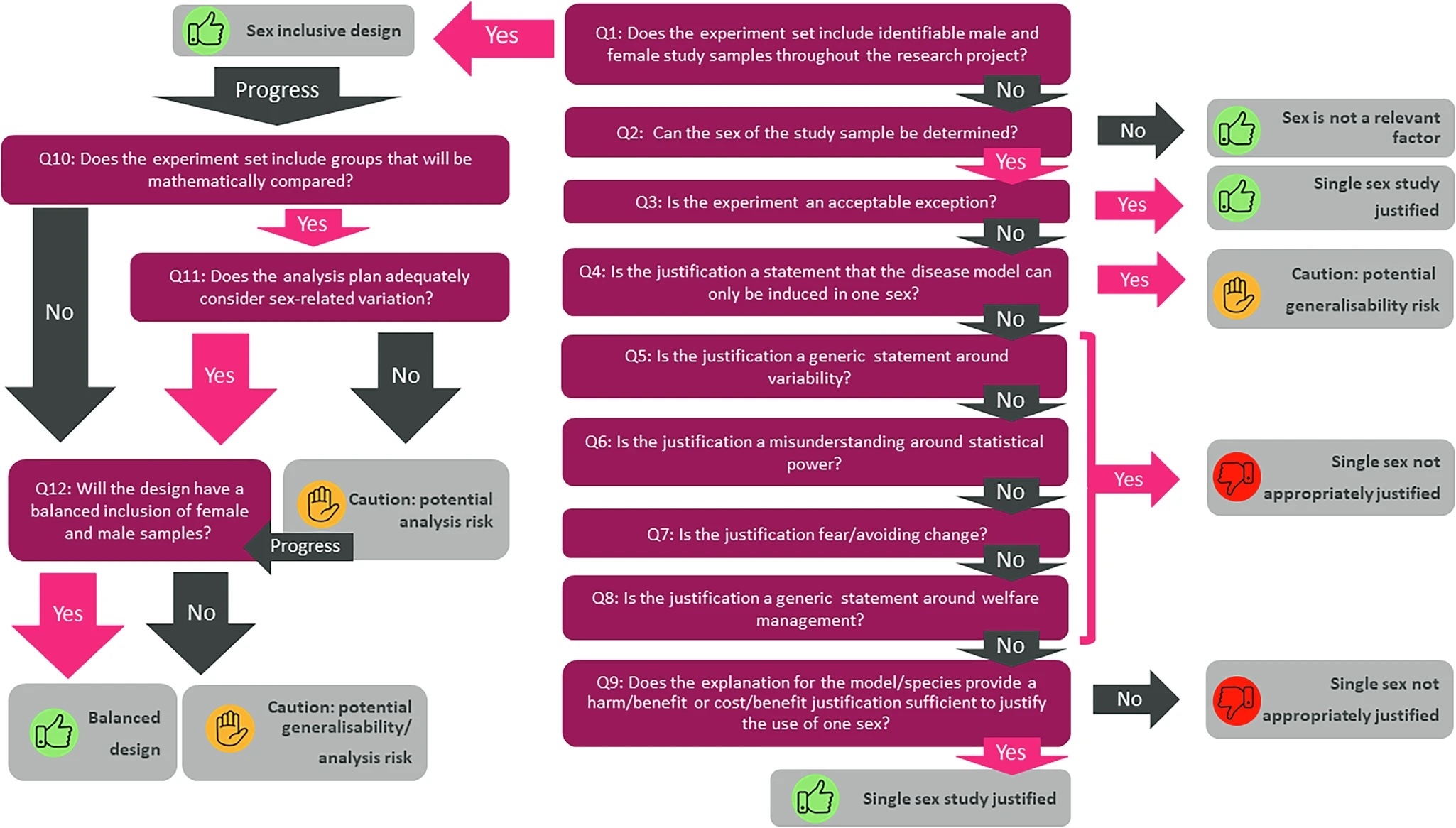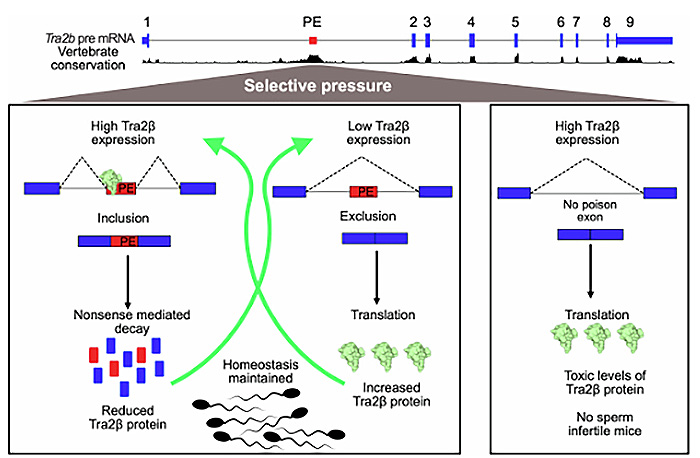Researchers at MRC Harwell and the Vavilov Institute of General Genetics have characterised super-enhancers (SEs) and typical-enhancers (TEs) in the mouse genome to further aid our understanding of their possible role in disease. Published in BMC Genomics, the authors primarily identified both enhancer types contribute to tissue-specific gene expression but have no difference in phenotype effect size. These findings bring us closer to understanding the role of enhancers in regulating gene expression and their role in resultant mouse phenotypes.
Gene expression; the process in which our DNA is read and converted into functional proteins, is a tightly regulated process that controls when proteins are made, how much of the protein is made, and where it is made in our cells. This is controlled by non-coding regulatory regions in our DNA (which contributes to around 99% of our DNA) and contains vital regulatory elements, such as promoters and enhancers. Promoter regions are the binding sites for cell machinery required to promote transcription, the first stage of gene expression, where the DNA strand is read by proteins. Enhancers can regulate one or more genes and increase the rate of transcription through interactions with the promoter. Enhancers also control where and when genes are expressed, an important process in generating diverse cell types and functions.
This process is exceedingly complex and involves numerous proteins. Scientists don’t yet fully understand how these proteins interact with one another, but it is apparent that the disruption of both promoters and enhancers can cause diseases in humans.
Previous research has identified two different types of enhancers; SEs and TEs. SEs are dense clusters of enhancers that span large regions of the genome. SEs are enriched with various cofactors (proteins that help promote translation) and chromatin regulators (protein complexes that modulate DNA to activate the enhancer). This differentiates them from TEs which have a reduced number of elements but are abundant in the genome. Evidence has shown that SEs drive high expression levels in target genes, are important in regulating genes that define cell identity and have been associated with disease-causing mutations. TEs, whilst being an integral part of gene expression, have been less associated with these roles. However, there has yet to be any substantial systematic research into the functional differences between SEs and TEs, or their roles in overall gene function.
This study aimed to characterise different enhancer types to investigate their roles in the regulation of mouse gene expression in silico. Researchers generated catalogues of typical and super-enhancers in 22 mouse tissues and investigated their roles in gene function, phenotype (the observable function of the resultant protein) and disease.
Researchers identified that although SEs are known to drive high levels of gene expression and control tissue-specific expression, TEs shouldn’t be overlooked. TEs also contribute greatly to tissue-specific expression due to the high number of TEs present in the genome. This suggests the importance of both types of enhancers in regulating where genes are expressed. However, this process is complex and requires further research to understand how enhancers interact with each other, how they interact with other proteins and how this collectively impacts gene expression.
Additionally, researchers studied the involvement of both enhancers in the resulting phenotypes of associated genes. They identified that both SEs and TEs are associated with genes that produce a relevant tissue-type phenotype and are also associated with disease in the corresponding tissue. Researchers also analysed data from IMPC knockouts of SE and TE associated genes and identified that there is no significant difference in the severity or range of phenotypes produced from the associated genes. This suggests both types of enhancers share a common phenotypic outcome and are responsible for regulating tissue-specific expression.
Overall, this research concluded that although SEs and TEs have different effects on gene expression, enhancer usage and vary in numbers in the genome, they both share common phenotypic outcomes with associated genes. This research highlights the importance of different types of enhancers in regulating gene expression and suggests their role in disease. Understanding this could help to prioritise future research by identifying enhancer associated genes that could serve as targets for disease and therapy.
Additional Links: A holistic view of mouse enhancer architectures reveals analogous pleiotropic effects and correlation with human disease



